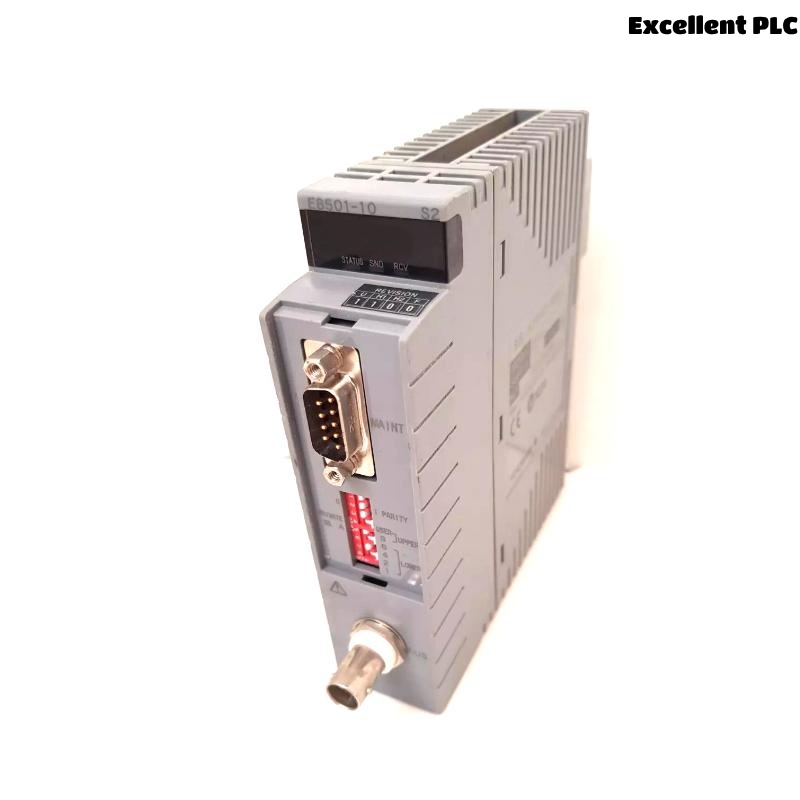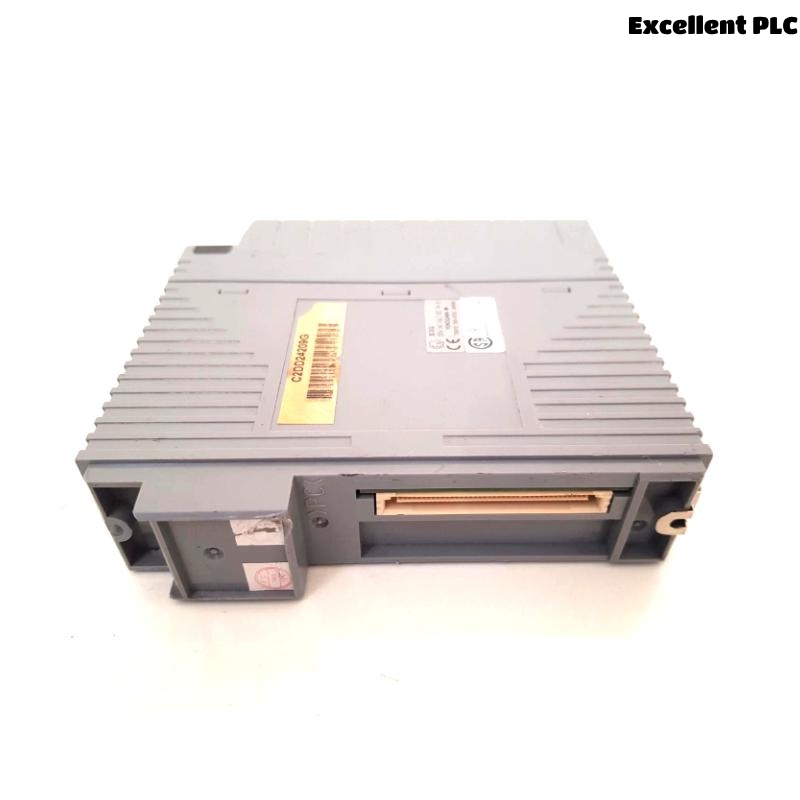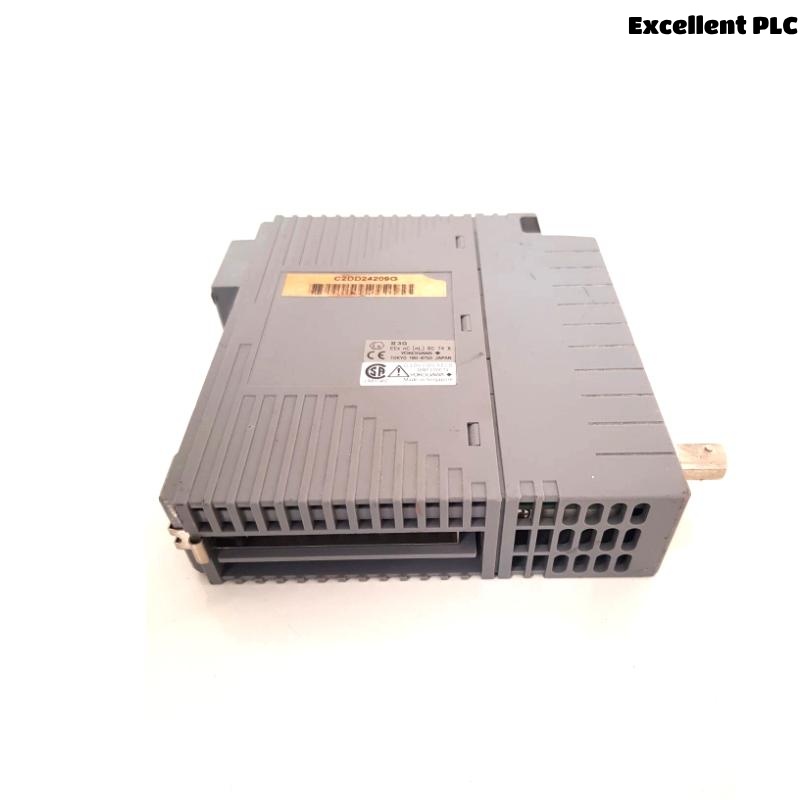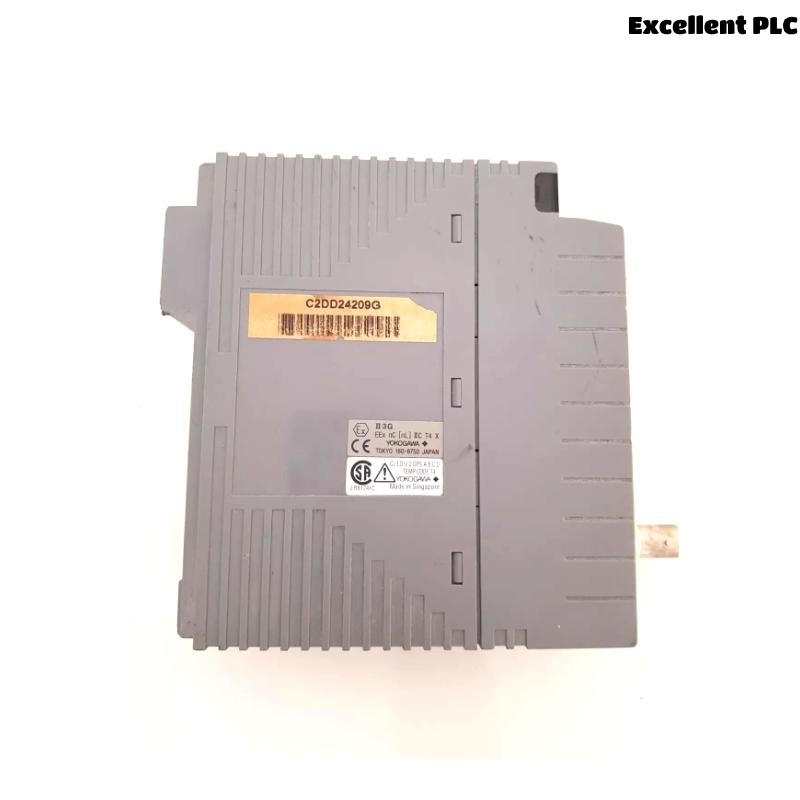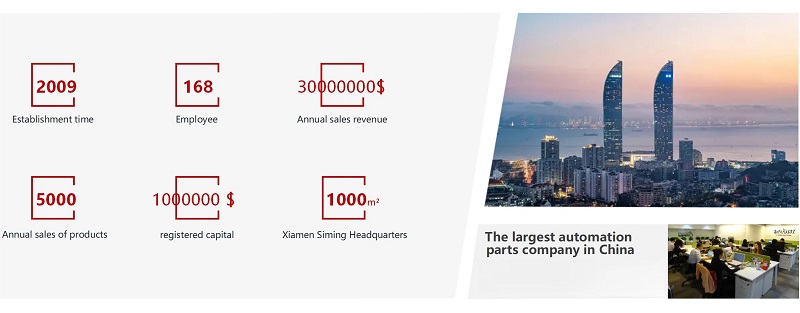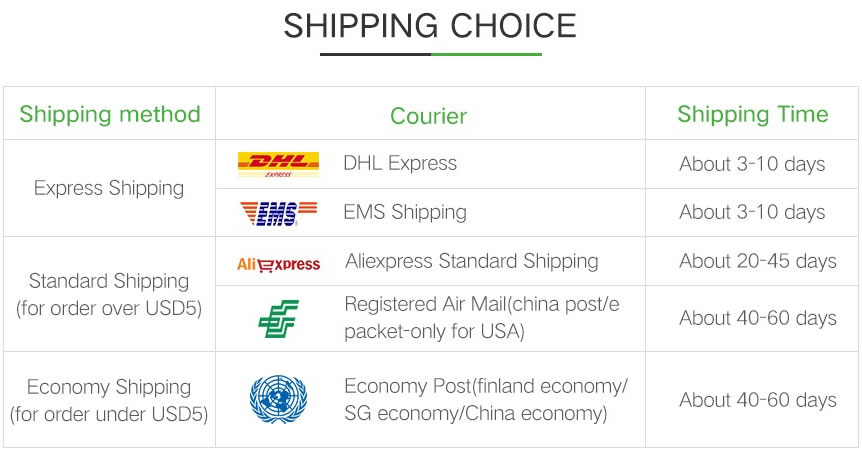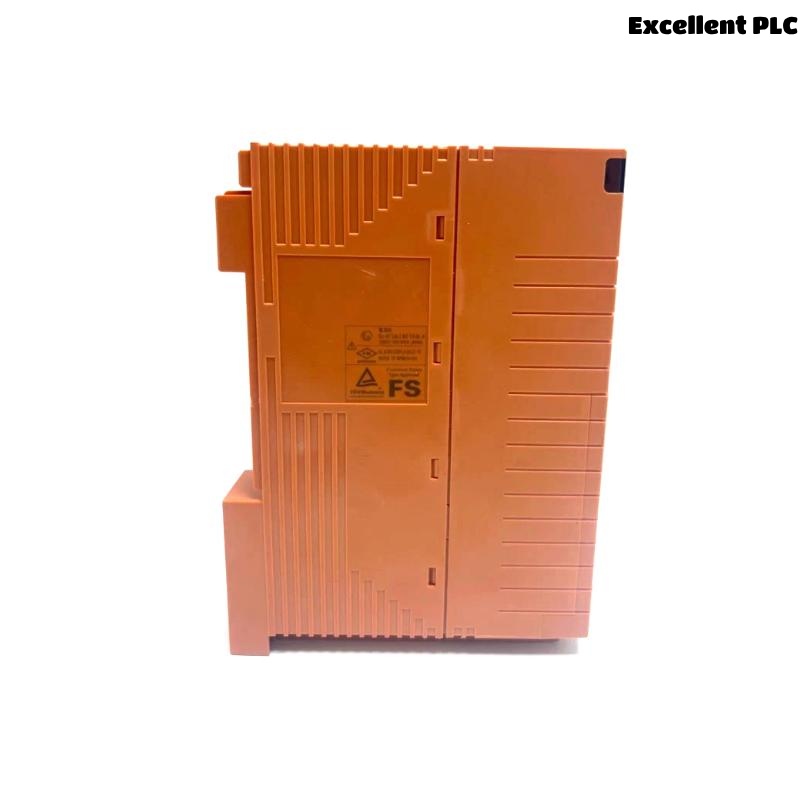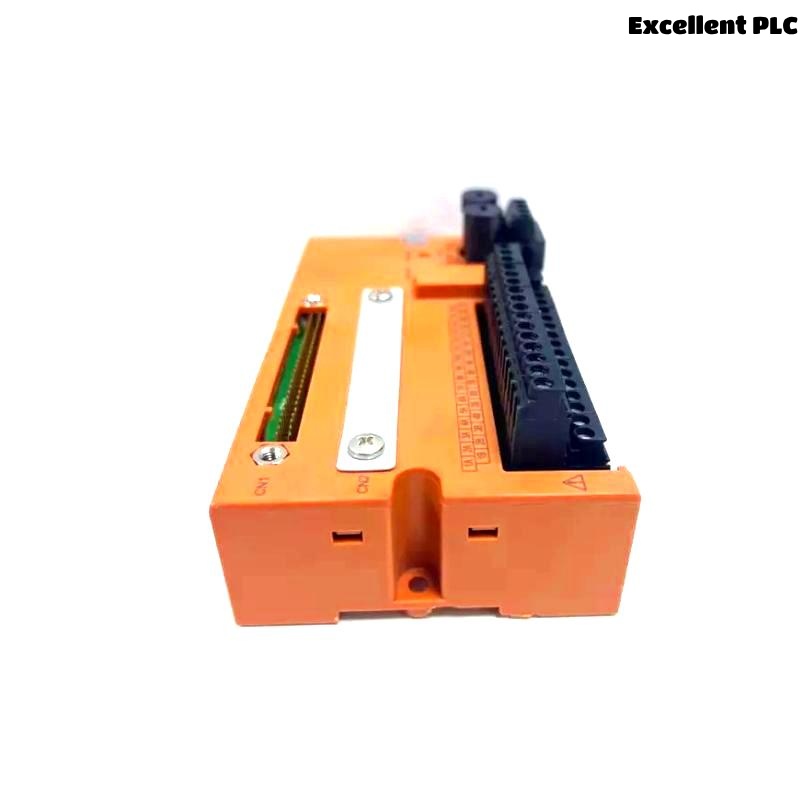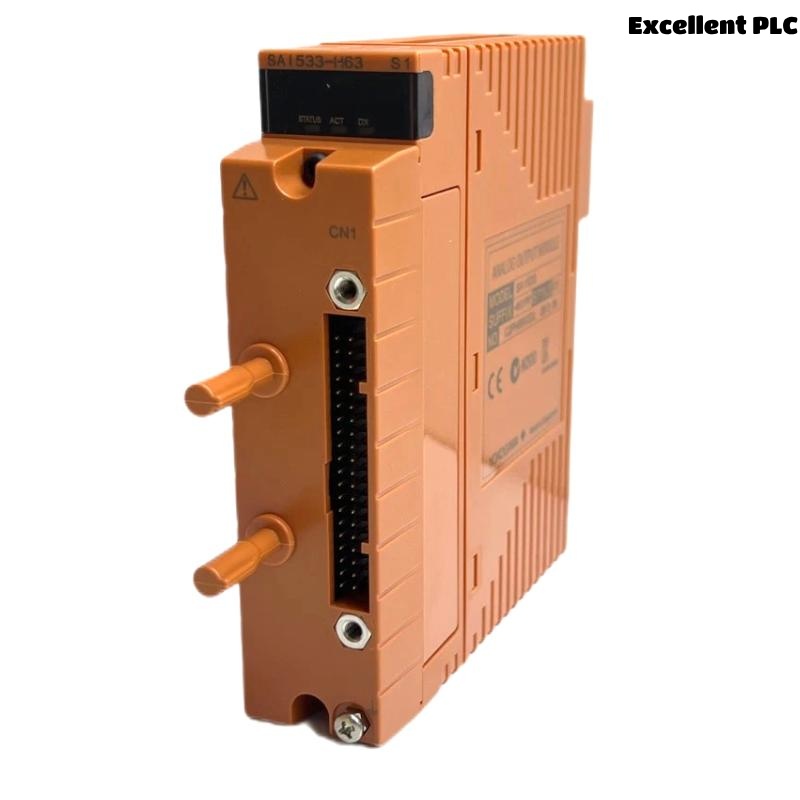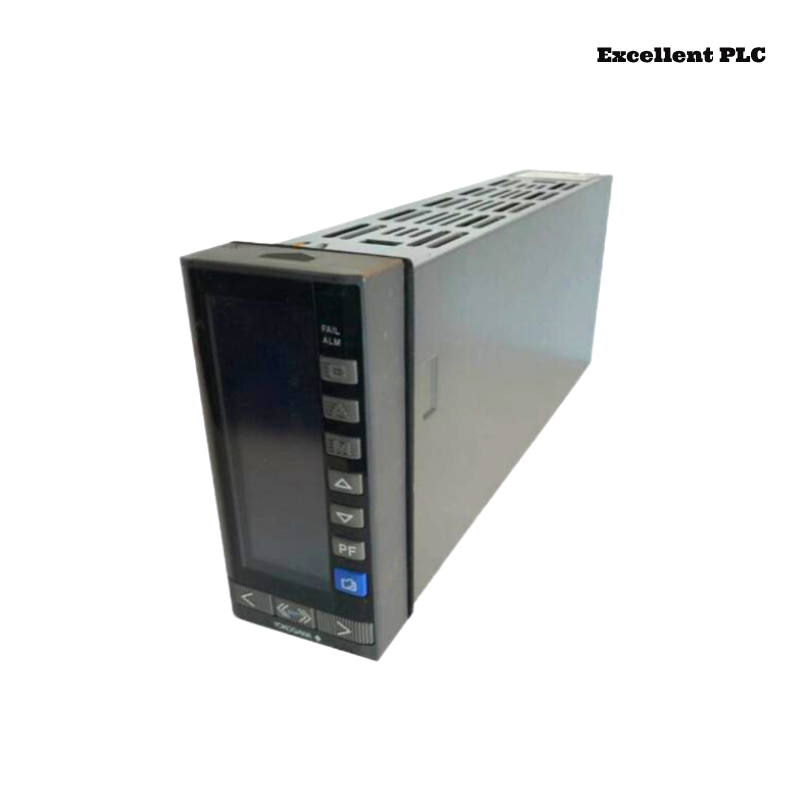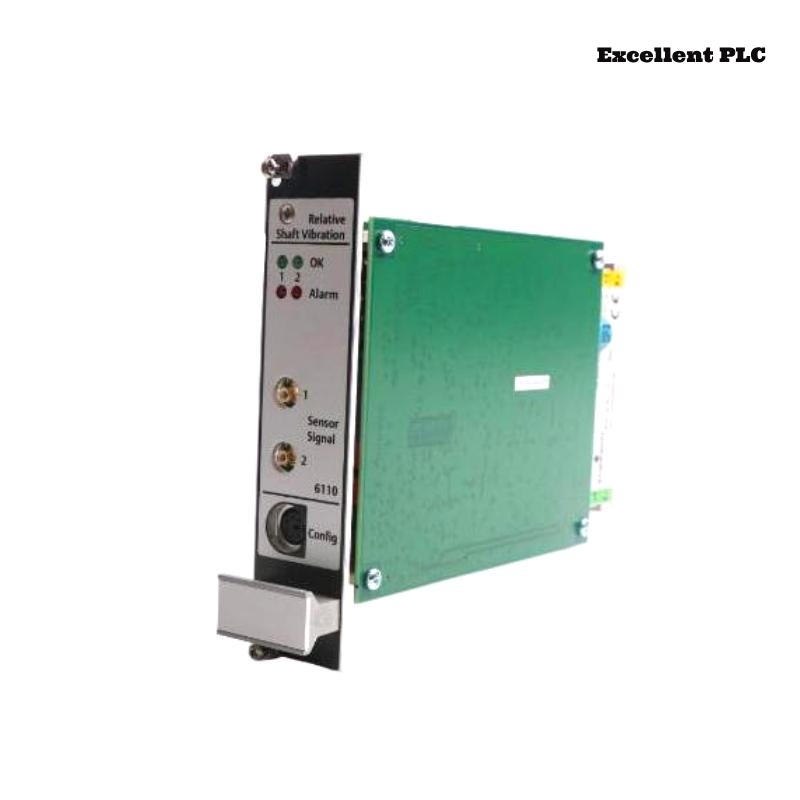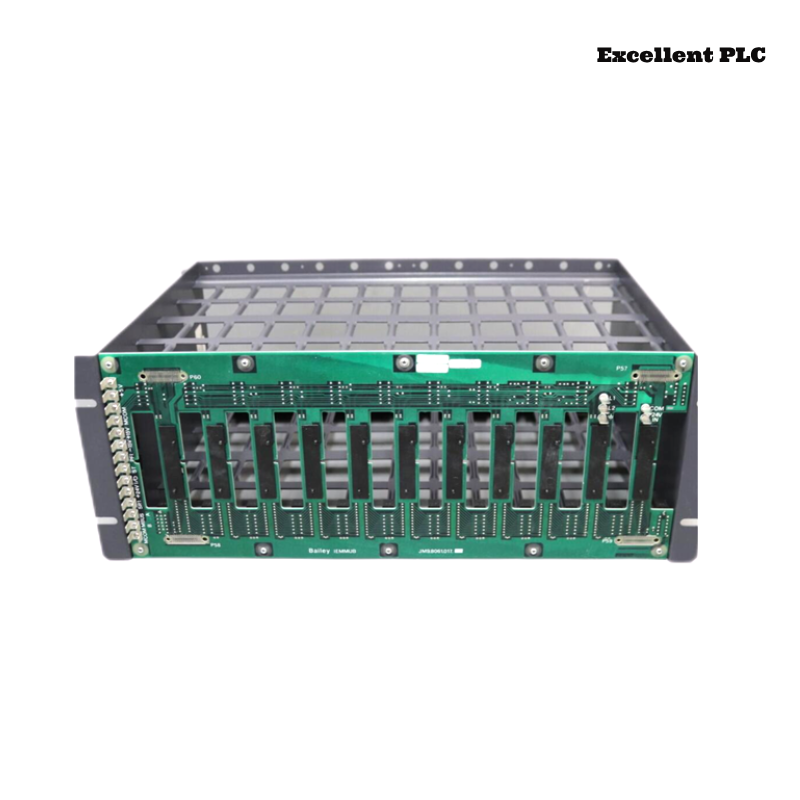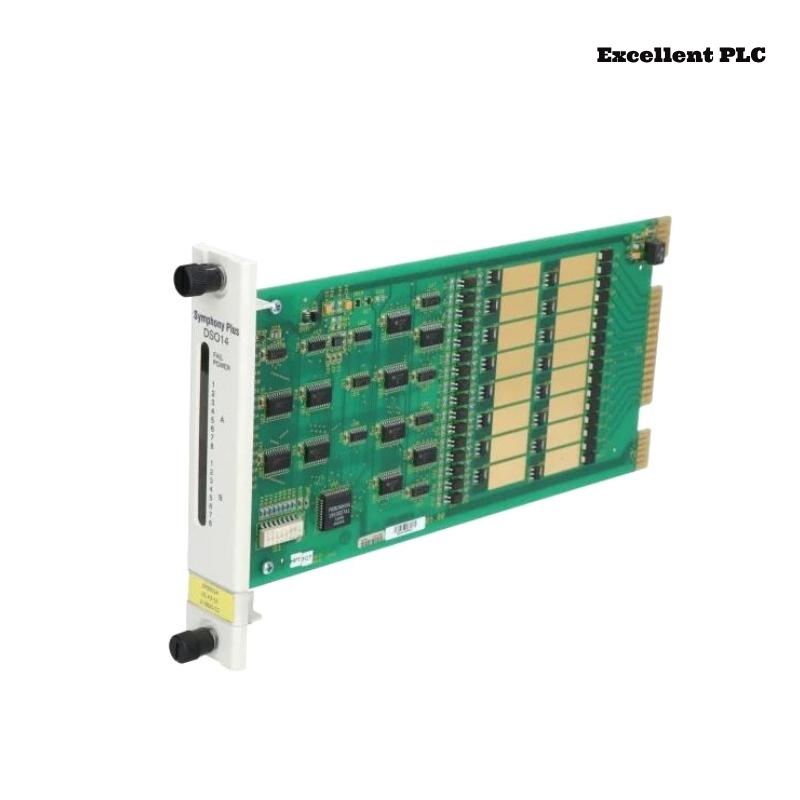| Company Information | ||||||||
| sales@xmjzjsgs.com | ||||||||
| Mobile | +8613666033393 | |||||||
| +8613666033393 | ||||||||
| 13666033393 | ||||||||
| Add | Room 1004, No. 62 Xiangxiu Li, Siming District, Xiamen City, Fujian Province, China | |||||||
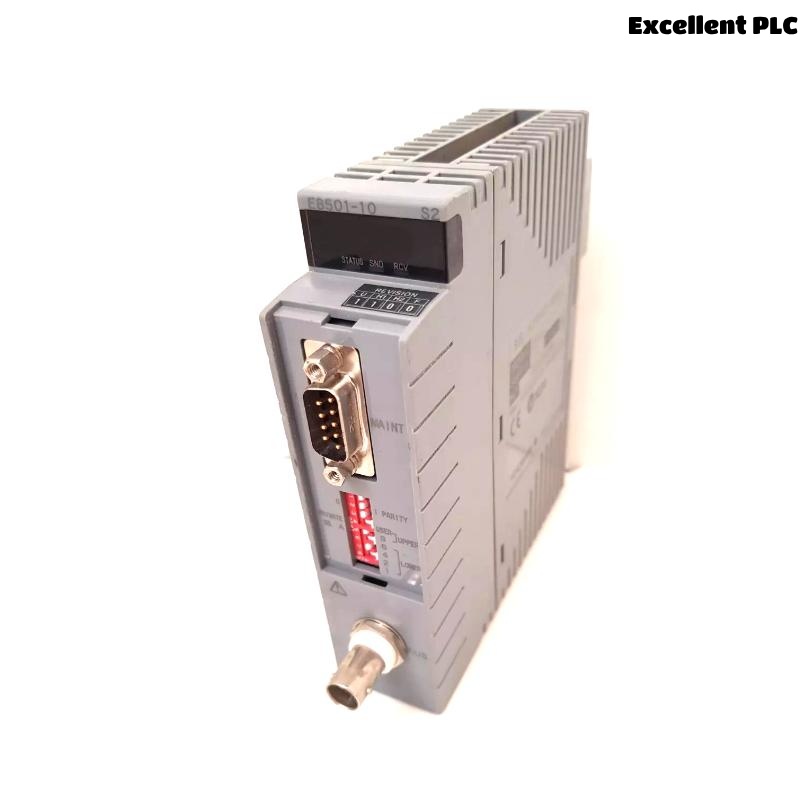
Product Overview
The Yokogawa EB501-10 is a high-performance ER Bus Interface Slave Module, engineered for integration within the CENTUM CS 3000 Field Control Station (FCS) environment. It plays a critical role in the remote node communication over ER Bus, functioning as a slave module in remote node configurations. Designed for robust field network communication, the EB501-10 ensures reliable data transmission between local and remote I/O nodes in distributed control architectures.
This module is especially vital for users implementing remote field I/O configurations using the ER Bus, connecting distributed I/O nodes with minimal latency and high synchronization accuracy. It supports dual-redundant operation for enhanced reliability in mission-critical applications, aligning with Yokogawa’s commitment to system availability and operational safety.
Technical Specifications
| Parameter | Description |
|---|---|
| Model | EB501-10 |
| Function | ER Bus Interface Slave Module (for Remote Node) |
| Application | Remote Node connectivity on ER bus |
| Communication Type | Bus topology (Coaxial cable YCB141/YCB311) |
| Transmission Speed | 10 Mbps |
| Transmission Distance | Up to 185 m (YCB141) or calculated via repeater limits |
| Redundancy | Dual-redundant support available |
| Installation | Mounted in Remote Node Unit (e.g., ANR10D) |
| Operating Temperature | 0 to 50°C |
| Relative Humidity | 10–90% RH (non-condensing) |
| Dimensions (W x H x D) | 144.65 x 130 x 32.8 mm |
| Weight | 0.3 kg |
| Regulatory Compliance | CE, CSA, FM (non-incendive), ATEX (Type n) |
| Safety Category | SIL3 compatible (via ProSafe-RS integration) |
| Compatible Systems | CENTUM CS 3000, ProSafe-RS |
Applications
-
Distributed control systems (DCS) requiring remote I/O nodes
-
Oil and gas processing facilities with extended field installations
-
Power plants and utilities needing fault-tolerant communication
-
Chemical and pharmaceutical manufacturing plants
-
Remote field device integration in hazardous environments
-
Redundant communication architectures with high availability demands
Advantages
-
High reliability: Dual-redundant communication paths enhance system uptime.
-
Fast and deterministic communication over the ER Bus ensures real-time responsiveness.
-
Compact size allows easy integration within remote I/O cabinets.
-
Long transmission distances supported with bus repeater configurations.
-
Integration with Yokogawa ProSafe-RS for safety-critical systems (SIL3 compliant).
-
Industrial ruggedness: Designed for use in harsh operating environments.
-
Modular architecture: Facilitates scalable expansion in distributed systems.
Frequently Asked Questions (FAQ)
Q1: What is the primary function of the EB501-10?
A1: It serves as an ER Bus interface slave module that allows remote I/O nodes to connect to the Field Control Station in the Yokogawa CENTUM CS 3000 system.
Q2: Which bus topology does the EB501-10 use?
A2: It uses a bus topology via the ER Bus, commonly with coaxial cables like YCB141 or YCB311.
Q3: Is the EB501-10 module hot-swappable?
A3: No, for safety and system stability, power-down procedures are recommended before module replacement.
Q4: Can the EB501-10 be used in redundant configurations?
A4: Yes, it supports dual-redundant connections to enhance communication reliability in critical applications.
Q5: What is the maximum communication distance of the EB501-10?
A5: Using YCB141 cable, the distance is up to 185 m per segment. Greater distances require optical or electrical repeaters.
Q6: Is this module compatible with safety instrumented systems?
A6: Yes, when used in conjunction with Yokogawa’s ProSafe-RS, it contributes to SIL3 compliant safety solutions.
Q7: In which industries is the EB501-10 most commonly used?
A7: It is widely applied in industries such as oil & gas, petrochemical, pharmaceuticals, and power generation.
Q8: What installation conditions are required?
A8: The operating temperature should be 0–50°C, and humidity should remain within 10–90% RH, non-condensing.
Q9: Is the EB501-10 suitable for hazardous environments?
A9: Yes, it complies with standards for non-incendive and intrinsically safe equipment, such as ATEX and FM Class I Div 2.
Q10: What systems support the EB501-10?
A10: It is supported in CENTUM CS 3000 and ProSafe-RS remote I/O system configurations.
Related Yokogawa ER/ESB Bus Modules
| Model | Description | Dimensions (mm) | Weight |
|---|---|---|---|
| EB401-10 | ER Bus Interface Master Module | 144.65 x 130 x 32.8 | 0.3 kg |
| SB401-10 | ESB Bus Interface Slave Module | 144.65 x 130 x 32.8 | 0.3 kg |
| AAI141-H50 | Analog Input Module (16 points, HART) | 144.65 x 130 x 32.8 | 0.35 kg |
| AAI543-H50 | Analog Output Module (4 points, HART) | 144.65 x 130 x 32.8 | 0.35 kg |
| AAI841-H50 | Temperature Input Module (16 points) | 144.65 x 130 x 32.8 | 0.36 kg |
| ANR10D | Remote Node Unit (for ER Bus, Duplex) | 430 x 260 x 350 (cabinet) | ~8.5 kg |
Popular Yokogawa Models
| Model | Description | Dimensions (mm) | Weight |
|---|---|---|---|
| PW402 | Power Supply Module for FIO | 144.65 x 130 x 32.8 | 0.4 kg |
| AAI143-H50 | Analog Input Module, HART, 16 CH | 144.65 x 130 x 32.8 | 0.35 kg |
| AAI543-S50 | Analog Output Module, 4 CH | 144.65 x 130 x 32.8 | 0.35 kg |
| ADV151-P03 | Digital Output Module | 144.65 x 130 x 32.8 | 0.3 kg |
| AMM12C | Analog Input Module, Multiplexed | 100 x 130 x 200 | 0.45 kg |
| CP451-10 | Control Processor Module (for FCS) | 160 x 130 x 40 | 0.5 kg |
 Excellent PLC
Excellent PLC


